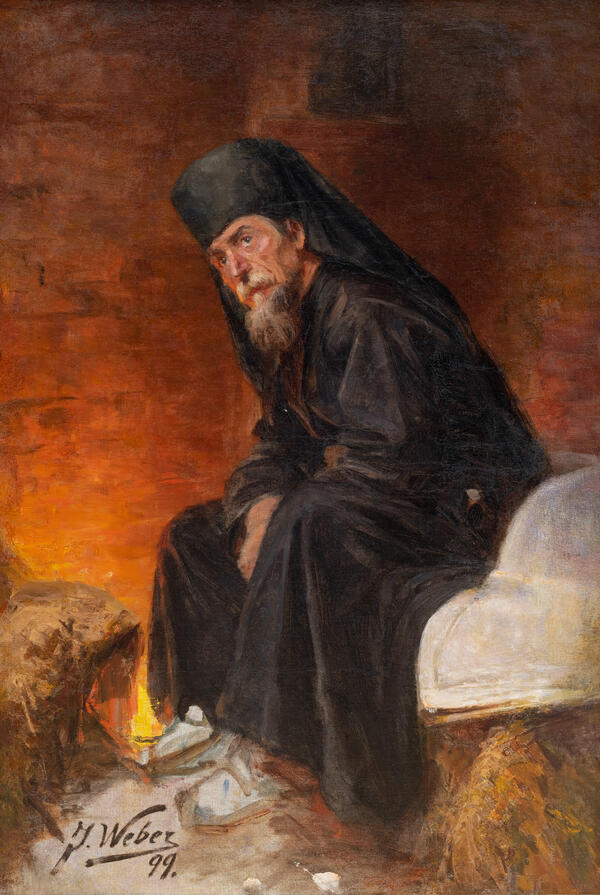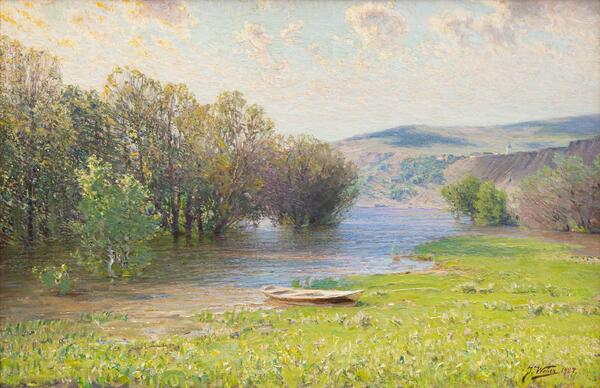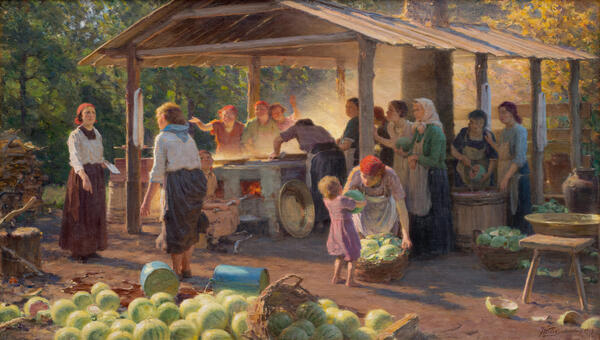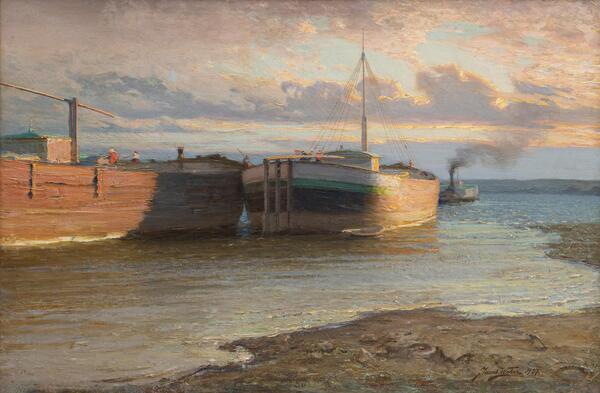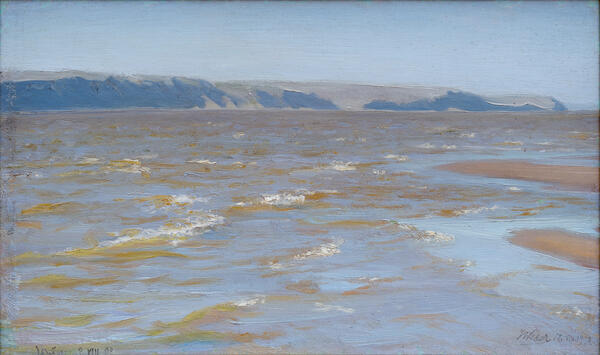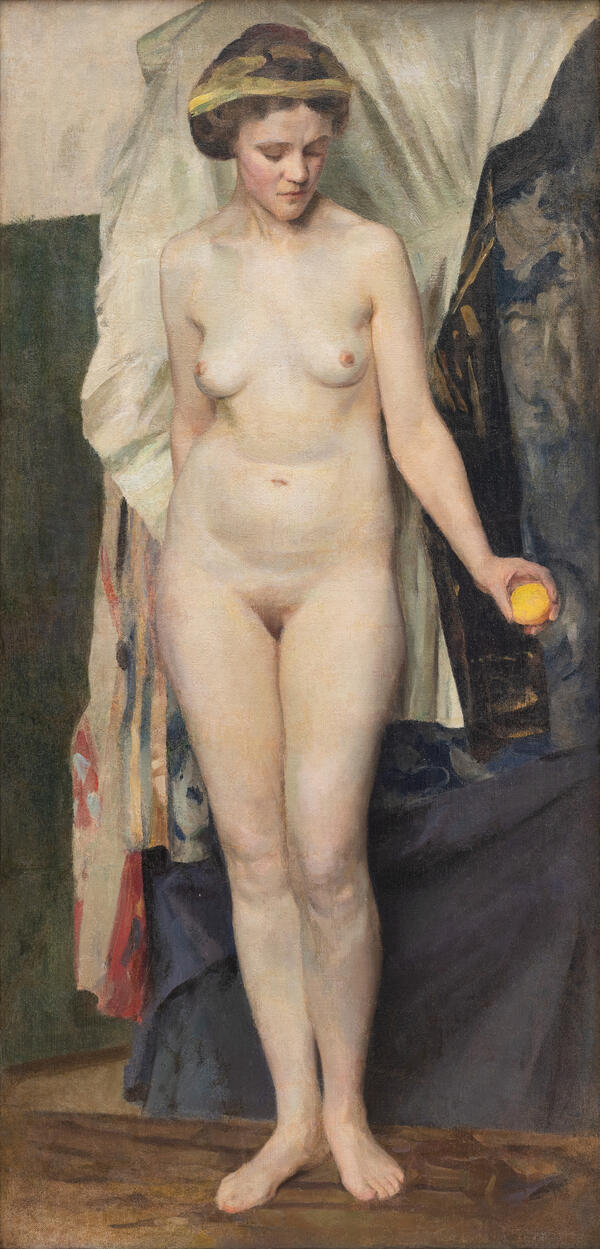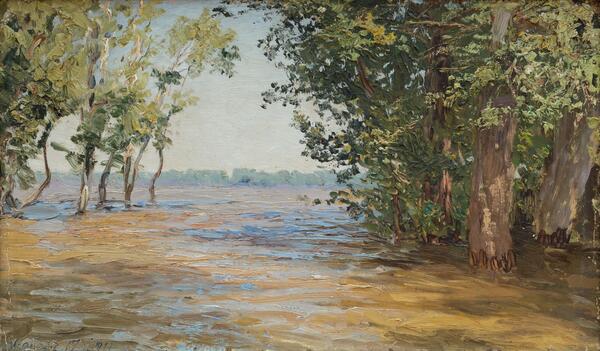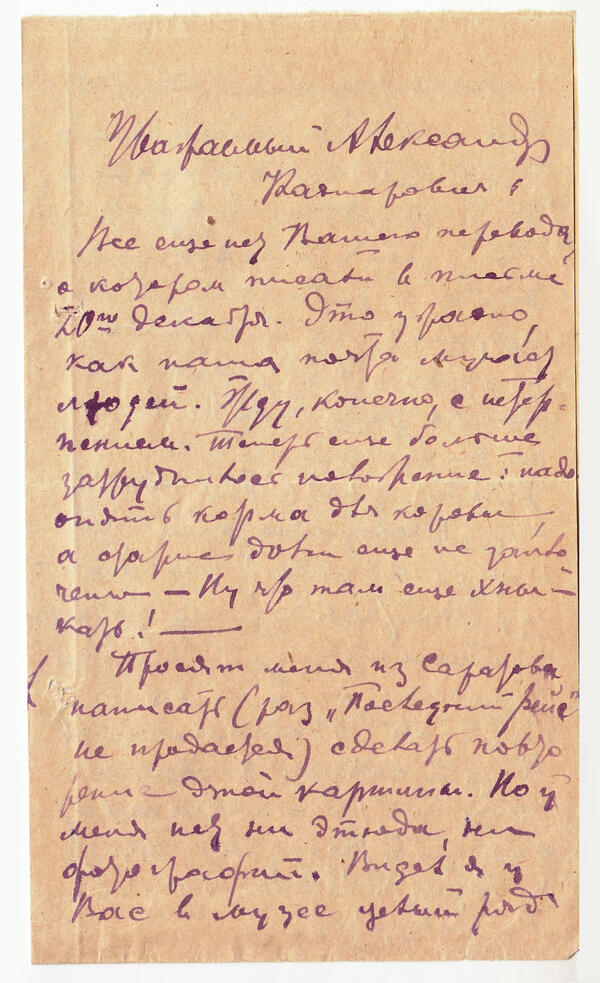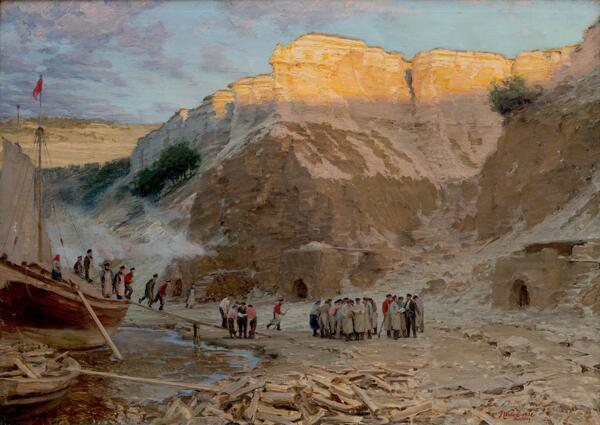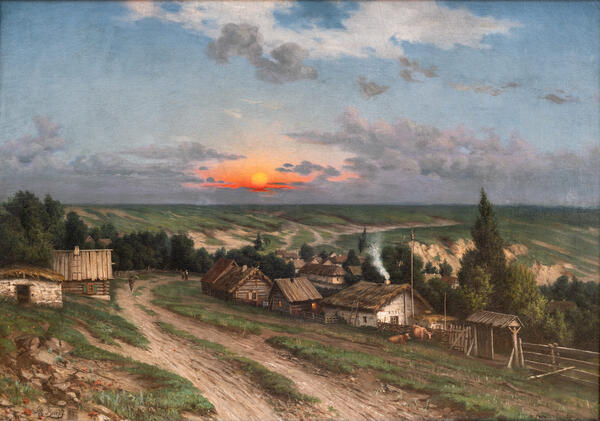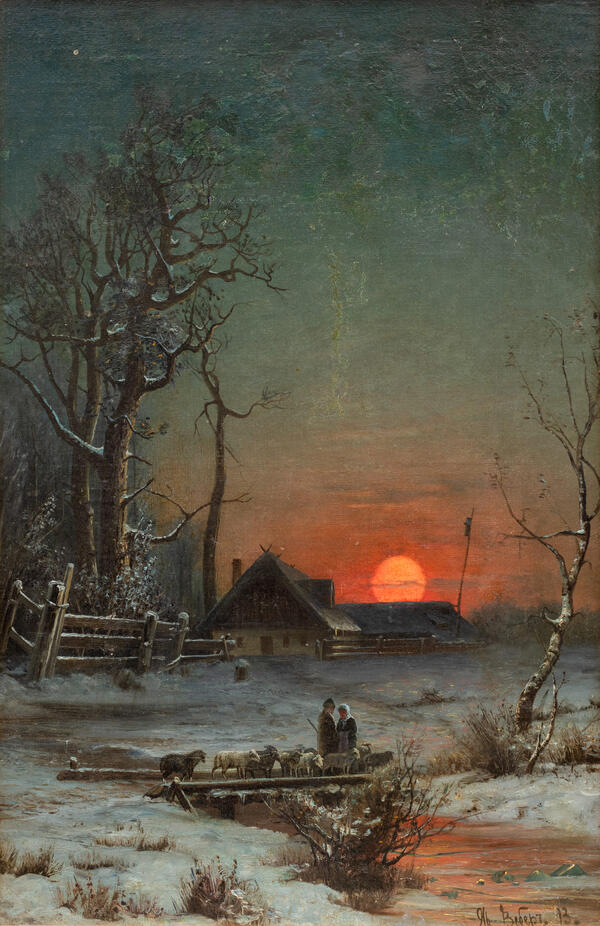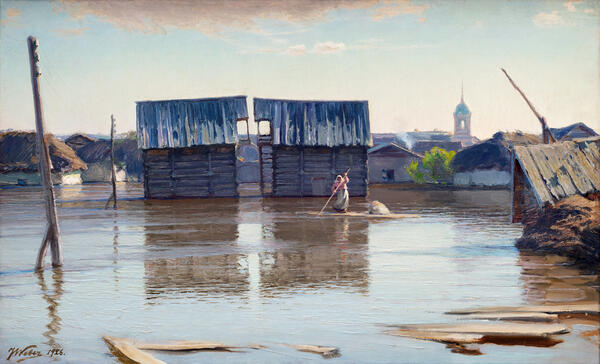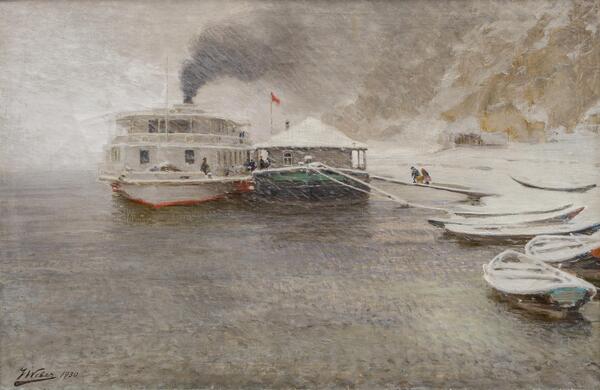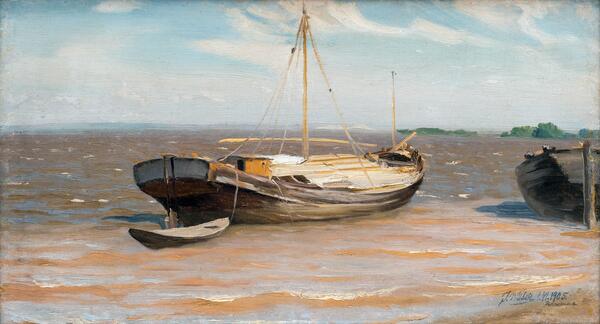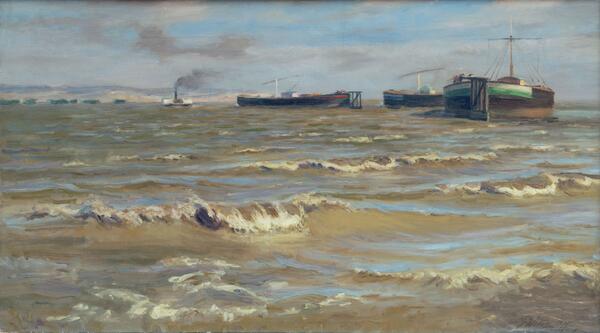The collection of the Engels Museum of Local Lore includes the canvas “Beekeeper” by Yakov Yakovlevich Weber, painted in Shcherbakovka.
In 1916, Yakov Weber and his wife left St. Petersburg permanently, preferring a quiet, modest but creatively intense life in his native settlement of Mühlberg (Shcherbakovka). In 1918, the artist was given a plot of land and took up farming and beekeeping, mainly in order to feed his family during the difficult first years of Soviet rule. The Shcherbakovka period would become the most fruitful in the artist’s life. Weber worked a lot there, creating magnificent landscapes, mainly depicting the inimitable Volga expanses.
The painting “Beekeeper” demonstrates the artist’s expert knowledge of human anatomy and movement: the full-length figure of a girl is depicted with ease, in a complex turn, without violating the proportions. The painter focuses not so much on the young beekeeper as on conveying the mood of a summer sunny day. The leaves of the trees are sculpted with impressionistic strokes that make the image deep, airy and bright. To this day, it remains unknown who was the artist’s model.
The artist worked in the settlement of Mühlberg
(Shcherbakovka) not only as a painter. Being the only graduate of the Academy
of Arts in this region, Weber realized his own importance for young talents,
with whom he willingly shared his experience and skill in fine arts. He taught
village youth literacy and drawing, headed the Republican Art Studio, and
taught at the Engels House of Folk Art. Saratov artists and students from the
city of Engels came to him for practice. During this period, the artist and the
Central Museum of the Autonomous Soviet Socialist Republic of the Volga Germans
(today it is the Engels Museum of Local Lore) developed a special relationship.
Weber participated in all art exhibitions organized by the museum. Paul Rau,
one of the founders of the museum, archaeologist, writer and artist, held the
artist’s work in high esteem. It was under his influence that the museum became
the main commissioner of Weber’s works.



